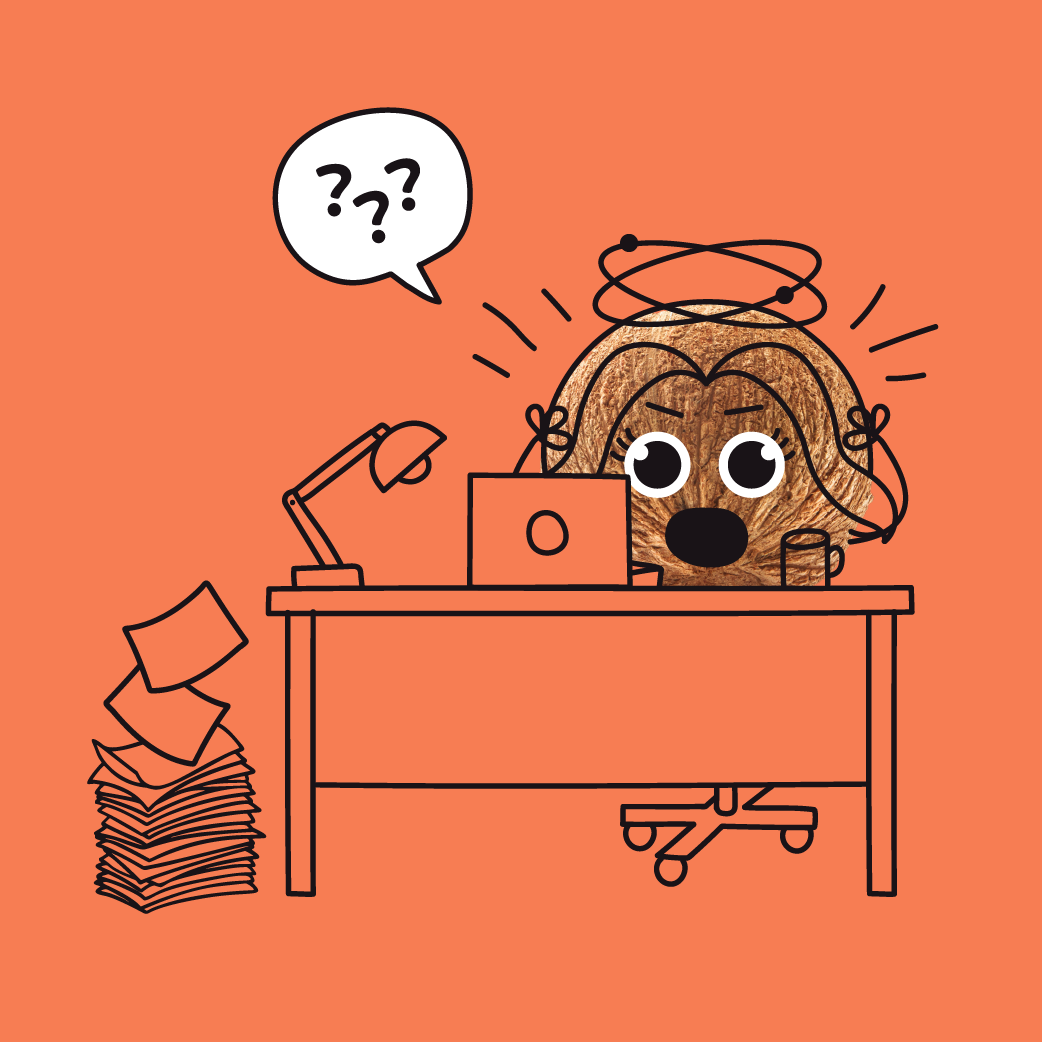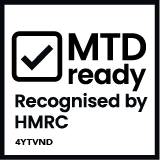When I went freelance for the first time, I was asked a question I’d never been asked before: “What’s your day rate?”.
It’s a question freelancers get asked every day, but can be a surprisingly hard one to answer. There are many factors to consider when deciding how much to charge for your services, and sadly, it can be all-to-easy to undervalue yourself.
With that in mind, we've put together some top tips that we've gleaned over the years. Whether you're just starting out and aren't sure where to start, or have been in the game for a while and are wondering if it's time to revisit your rates, here are a few things to consider:
1. Think about your costs
Before you price too low—which is all-too-common in the freelance world—take a second to think about the costs of your work. We're talking software, equipment, travel, and all those other expenses you need to cover. You don’t get holiday and sick pay either. Then factor in tax and savings, and it all starts to add up.
Here’s a handy calculator that works out your day rate based on your target income, working hours, and holidays.
2. Check out the competition
When you’re competing for work, knowing what other freelancers are charging will help you to come up with a sensible price. Good data on market rates is hard to come by, but this article gives a good starting point.
It’s not all about rates though. Clients—the good ones, anyway—rarely choose the cheapest option, just 'cause they're cheap. Quality, experience, and reputation matter; so building your portfolio and having a good personal brand is critical (though that’s a whole topic of its own).
3. Add a zero (yep, really)
The go-to pricing method for most freelancers is 'time-based pricing', i.e. a day rate. Sometimes though, it’s better (i.e. you’ll earn more) if you use another method.
Clients buy your work because it’s worth something to them. They have a business goal, and you’re helping them achieve it. If you take the time to understand these goals, then you can understand the value you’ll create for them. This means that you can price based on what the work is worth to the client, rather than what you want to be paid for it.
So, next time you know you’re going to be delivering a big win for a client, why not try adding a zero to the fee..?
You should also check out freelance guru Ben Matthews’ post on the different ways to price your work.
4. Don’t devalue yourself
Sometimes clients will say they don’t have the budget to pay you and ask you to work for less. That can be a slippery slope.
Let’s say you quote a client £500 for a piece of work, but they don’t have a budget, so you agree to do it for £50 as you like them and want to work with them in the future. But now, the client sees you are worth £50...not £500. So, when the client does have a budget of £500 for their next project, they might take it elsewhere.
With this in mind, be careful not to devalue your work by dropping your rate too easily. One tip on how to balance this is to be clear what your day rate is and apply a temporary discount. Reinforce this by clearly showing your normal day rate on the invoice, and showing the discount on there too. You could even mark it “this invoice only” to hammer the point home.
This way, not only does the client value you at the higher price still, but it also removes the expectation that you’ll continue to work at the lower rate.
5. Back yourself from the beginning
When you're starting out in the freelance world, it’s tempting to drop your rate or work for free to get those first few clients. But whilst it might feel like an easy way to get more experience, don't forget that you're still providing a service for your clients—and you've got to make a living.
(Not) working for free as a freelancer is actually a topic that many in the freelance community feel strongly about; so much so that the Freelancer Club even set up the ‘No Free Work’ campaign, to get freelancers on board with the idea that they shouldn’t agree to work without being paid.
They say that “unpaid work can have a damaging effect on the relationship between freelancers and their clients. It creates an environment where freelancers suspect their clients of trying to take advantage of them, rather than a positive working relationship. Unpaid work not only devalues the individual but impacts the creative industry, resulting in a lack of diversity, a diluted talent pool and a poorer economy.”
Food for thought!










